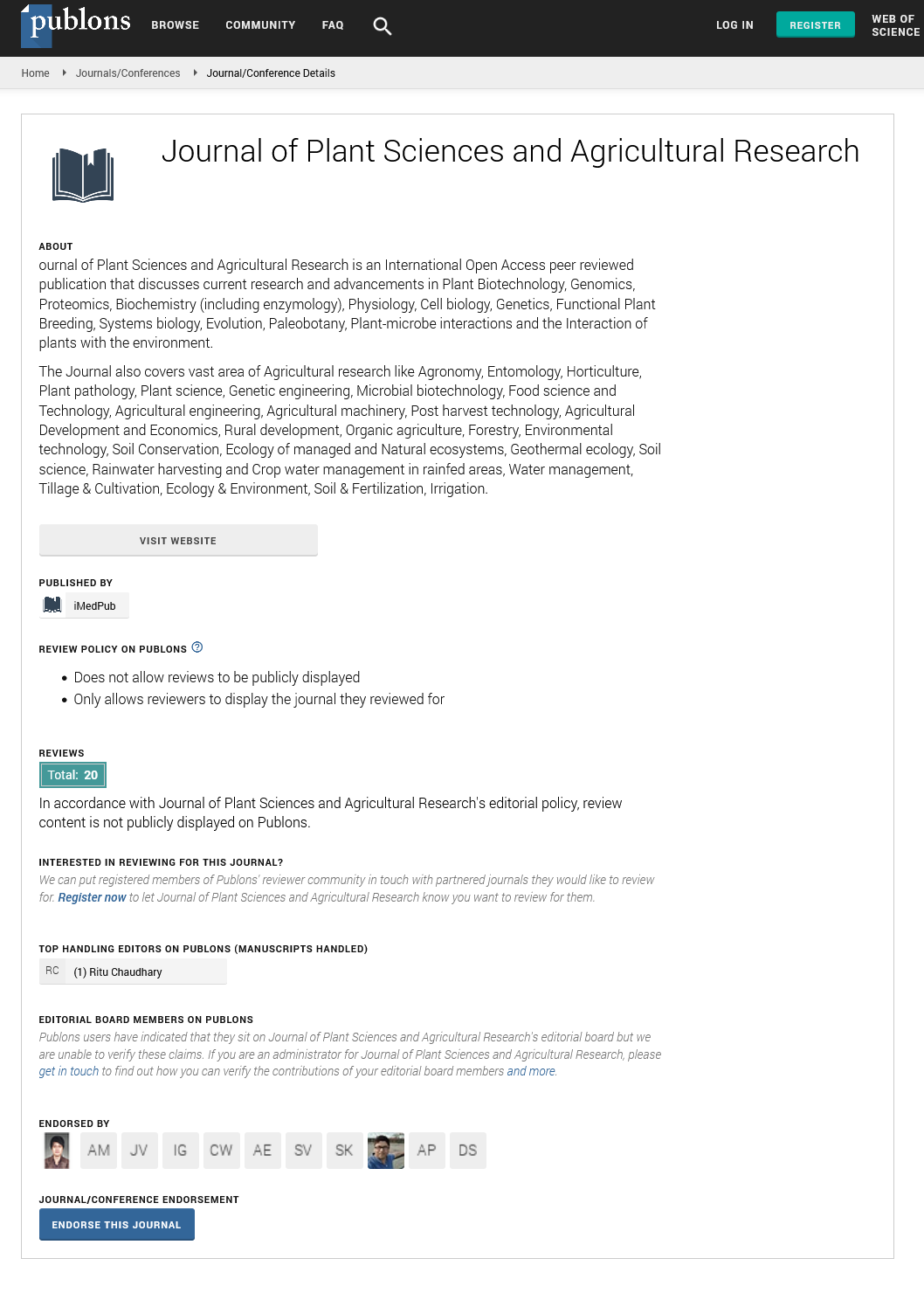Abstract
In-vitro and In-vivo Evaluation of Entomopathogenic nematodes, Steinernema yirgalemense and Heterorhabditis bacteriophora for control of Red Teff Worm, Mentaxya ignicollis
Red Teff Worm (RTW), Mentaxya ignicollis (Lepidoptera: Noctuidae), is one of the most serious pests of teff causing high economic losses in the growing areas in Ethiopia. Control of RTW heavily relies on chemical pesticides which pose serious safety concerns on the environment and human and animal health. An integrated approach of management of RTW should include biological control as a component. Five Entomopathogenic nematodes (EPN) (three Steinernema yirgalemense (HI, Z9, Aw3) and two Heterorhabditis bacteriophora (AEH and AAM8B) strains were evaluated under laboratory and glass house conditions for efficacy against 3rd instar larvae of the RTW. In the laboratory bioassays a 1ml suspension containing 400 Infective juveniles (IJ)/ ml of each of the EPN strains was applied to 10 RTW larvae in a Petri-dish. Two selected strains (AEH and HI) were then tested in glass house pot experiments at a rate of 3 ml/pot and a concentration of 400 IJ/ml. One and three ml of sterile water was applied to negative control treatments in the laboratory and pot experiments respectively. Karate 5% EC served as a positive control in the pot experiments. A completely randomized design and a randomized complete block design with three replications were used for the laboratory and glass house pot experiments respectively. Each of the experiments was conducted twice. The bioassay results showed that each of AEH and HI strains caused 91% mortality on RTW larvae within ten days of application significantly differing (P=0.0001) from the rest of the treatments which caused 33.75% (AW3), 43.75% (AAM8B), and 46.25% (HH) while mortality in the control was 10%. In the first glass house pot experiments, AEH and HI caused 74% and 67% mortality of RTW larvae significantly differing (P=0.0001) from the positive control (91%). Similarly, in the second glass house pot experiments, it was observed that, AEH and HI caused 76% and 77% larval mortality respectively ten days after treatment application and the result was not significantly different from the positive control but when compared with untreated check all treatments were significantly different (P=0.0002). It is concluded that the two EPN strains are promising candidate biological control agents against the RTW. Further experiments are recommended to test the efficacy of the strains under field conditions.
Author(s): Tesfaye Hailu
Abstract | Full-Text | PDF
Share This Article
Google Scholar citation report
Citations : 135
Journal of Plant Sciences and Agricultural Research peer review process verified at publons
Abstracted/Indexed in
- Google Scholar
- Publons
- Secret Search Engine Labs
Open Access Journals
- Aquaculture & Veterinary Science
- Chemistry & Chemical Sciences
- Clinical Sciences
- Engineering
- General Science
- Genetics & Molecular Biology
- Health Care & Nursing
- Immunology & Microbiology
- Materials Science
- Mathematics & Physics
- Medical Sciences
- Neurology & Psychiatry
- Oncology & Cancer Science
- Pharmaceutical Sciences
